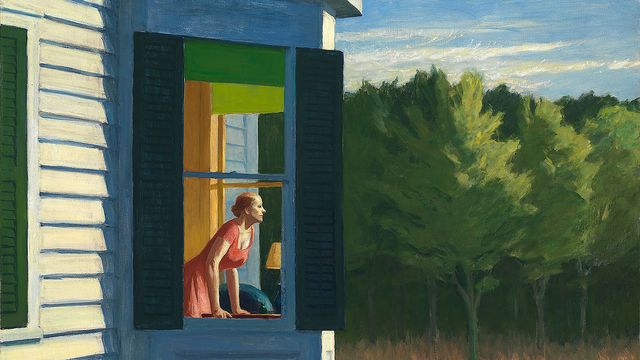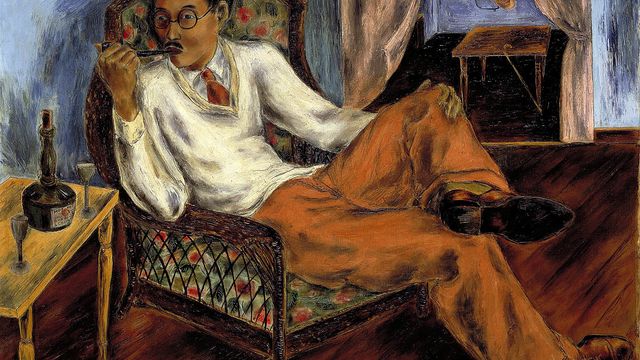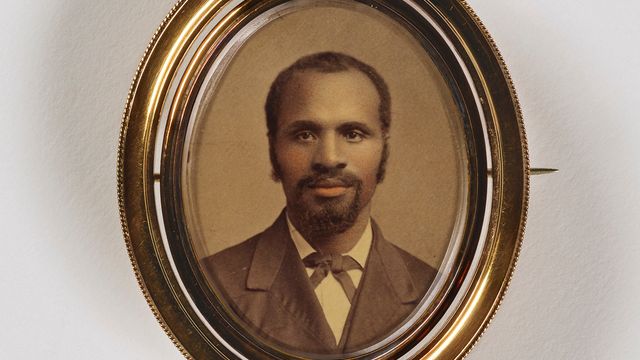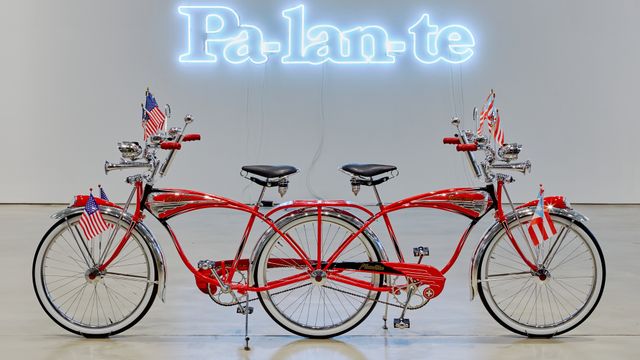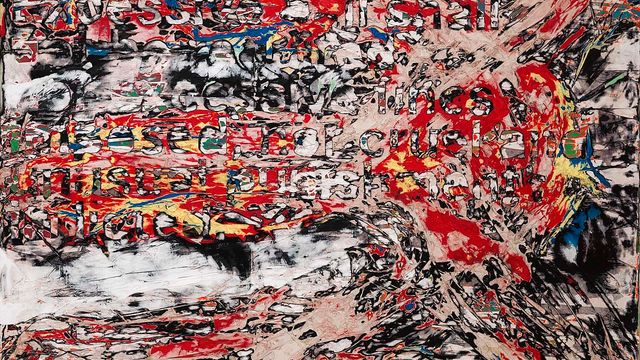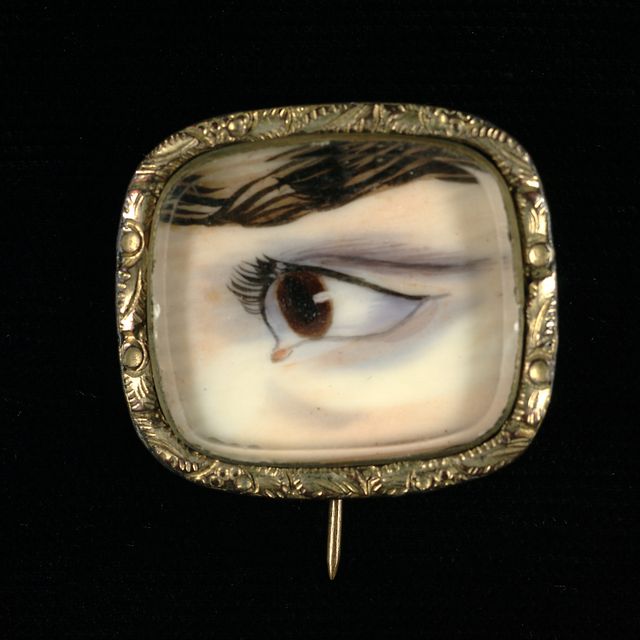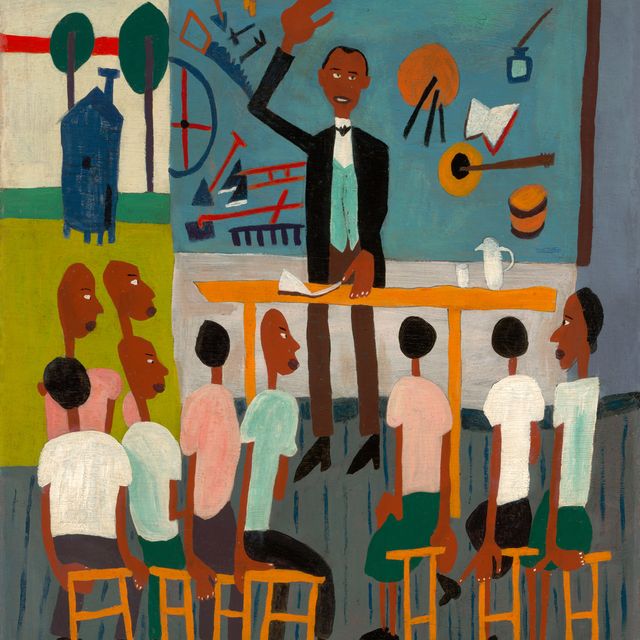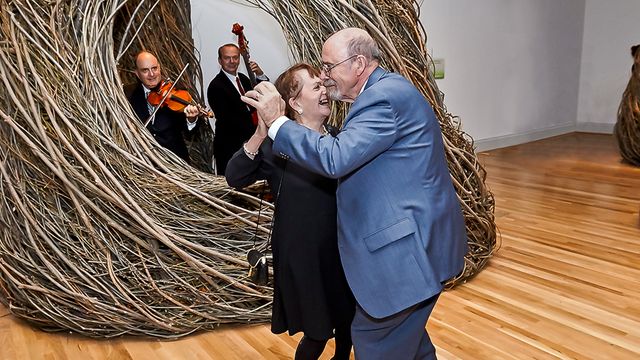Artwork Details
- Title
- Girl Skating
- Artist
- Date
- modeled 1906
- Location
- Not on view
- Dimensions
- 12 7⁄8 x 11 1⁄2 x 6 3⁄4 in. (32.8 x 29.2 x 17.2 cm)
- Credit Line
- Museum purchase through the C.K. Williams Foundation
- Mediums
- Mediums Description
- bronze
- Classifications
- Subjects
- Recreation — sport and play — skating
- Figure female — child — full length
- Object Number
- 2011.29
Artwork Description
"The people of the East Side to me are like the rough boulder. They have broken off the mountain of humanity in all their primal crudity. They are real, rugged, unpolished, entirely free."
--Abastenia St. Léger Eberle, 1916
Who is this young girl, screaming with delight as she speeds downhill on a roller skate?
She was likely the child of an immigrant family living on Manhattan's Lower East Side, where Abastenia St. Léger Eberle worked at a community center for children. Eberle often sculpted scenes of everyday life she observed in her working-poor neighborhood, which was composed mainly of Italian, Slavic, and ethnic Jewish immigrants. Both Eberle and her patrons viewed these communities as amusing and exotic.
At a time when "White" was narrowly identified as "Anglo-Saxon," Southern and Eastern European immigrants would not have been considered such. As with all racial categories, the social construction of whiteness has changed over time. As various European ethnic groups arrived in the United States, they gradually became White as they accumulated power and the concept of whiteness expanded through the events and policies of the twentieth century.
Label text from The Shape of Power: Stories of Race and American Sculpture November 8, 2024 -- September 14, 2025




